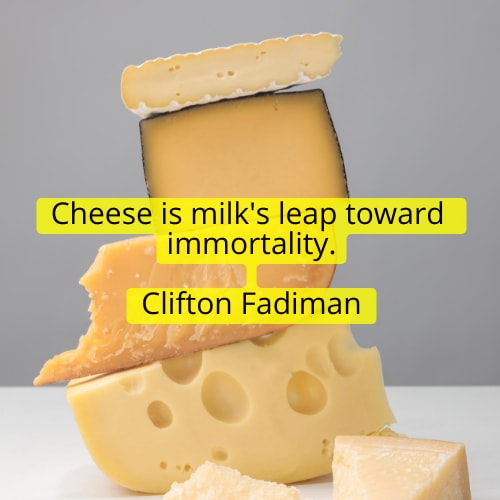The Spanish cheese nearing extinction
Spain’s northern coastline is the site of many dramas. The region, situated across the Bay of Biscay from France’s Brittany peninsula, is draped in a thick fog much of the year. Its rugged terrain begins at the water’s edge with the sheer cliffs and rocky beaches of the Cantabrian Sea, where you could be forgiven for thinking you were in the Hebrides. The scabrous landscape scales up from there, heading inland into the ever-craggier boulders of the Picos de Europa mountain range.
Until recent decades, the people living among these peaks were isolated from the region’s city centres; the twisting, hairpin road that now snakes through Aviles and Oviedo into the mountains was only just built in the latter half of the 20th Century. It was along this road that I first encountered Casín – a cheese, quite possibly Spain’s oldest, that’s been made in these mountains since at least the 14th Century. Today, only three Casín makers remain – and in a culinary landscape dominated by Manchego, its survival is an open question.
That winding road is called AS-117, and it leads from the Asturian city of Gijón to a small mountain town called Campo de Caso. It was here that, in late 2022, I found myself making cheese beside Natalia Alvarez at Queseria Redes, one of three surviving Casín producers. Natalia is the daughter of Marigel Alvarez, a woman famous in Asturias for bringing Casín back from the near-brink in the 1980s. She secured Protected Geographic Identification (IGP) and Protected Designation of Origin (DOP) for the cheese – regulations also used to protect the likes of Parmiggiano-Reggiano, Emmentaler and Comté. That you can now find Casín in Japan, Germany, Mexico and the US (not to mention Madrid) is Marigel’s handiwork.
I’ve been in the cheese industry for over a decade, and I’ve toured facilities in Spain, Italy, France, California and up and down the eastern American coastline. I’m familiar with the industry’s weirdest offerings – Sardinian casu…
..


